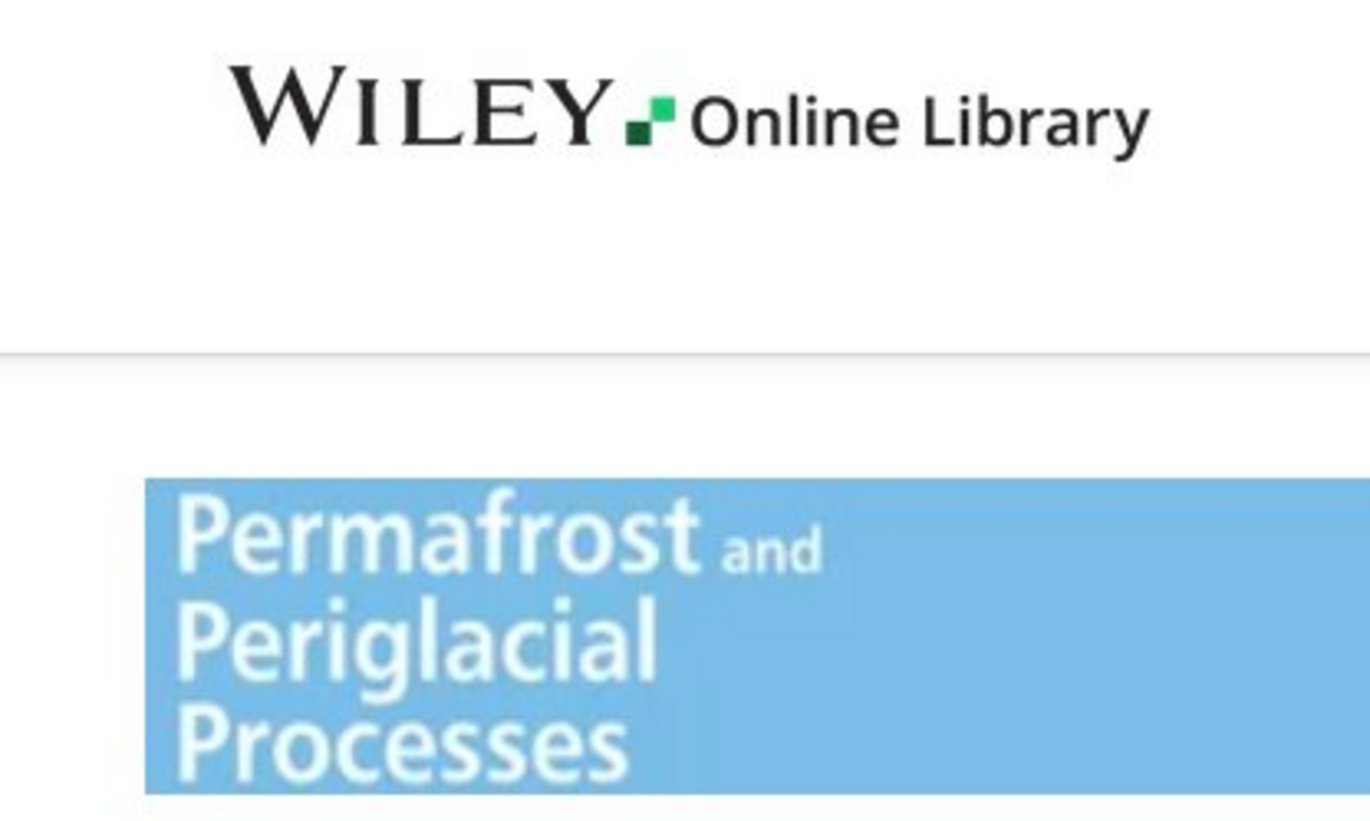Investigating the Foundational Role of Mosses in Arctic Streams (Qeqertarsuaq Island, Greenland)
New publication by Paraskevi Manolaki, Tenna Riis, Maria Lund Paulsen, Krister Karttunen, Kim Pless-Schmidt, Ada Pastor

Abstract:
The role of mosses in the stream food web is changing with climate change but with an unknown direction. This study aims to investigate the role of mosses in the food web and carbon cycle across streams with different thermal regimes. We sampled six streams at Qeqertarsuaq Island, Western Greenland. Annual water temperature was recorded to examine the temperature regime of the streams. Moss cover was estimated, and potential carbon sources for elemental and isotopic analyses were collected. Water samples were collected to determine nutrient concentrations, organic carbon, and cations concentrations. Moss and willow leaves were incubated to measure microbial decomposition. We found significant variations in the water temperature reflecting different thermal regimes in the streams. Moss community biodiversity was higher in warmer streams, but temperature did not control the role of mosses in the food web. We found that mosses are a food source of different invertebrate functional groups; in warmer streams, moss was consumed mainly by shredders whereas in colder streams by Chironomidae. Mosses showed lower decomposition rates compared to willow leaves. Our results suggest that a warmer climate will change the composition of invertebrates toward more shedders as moss production and consumption increase.
https://doi.org/10.1002/ppp.2277
